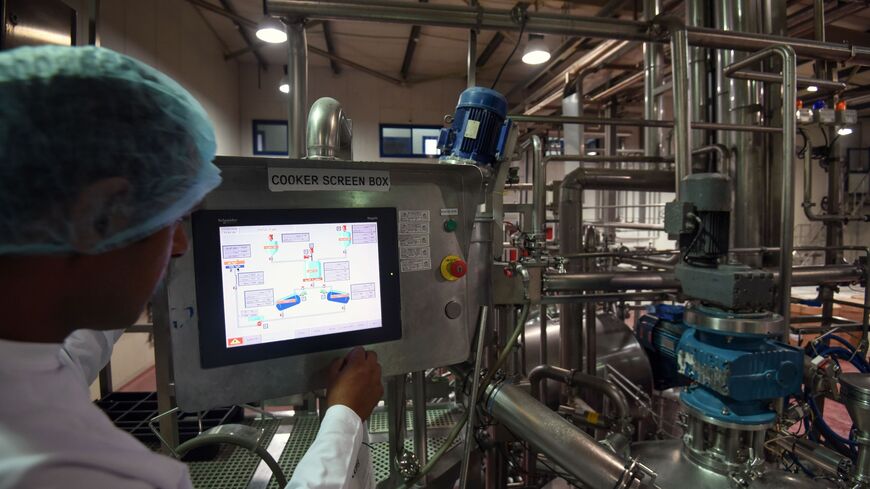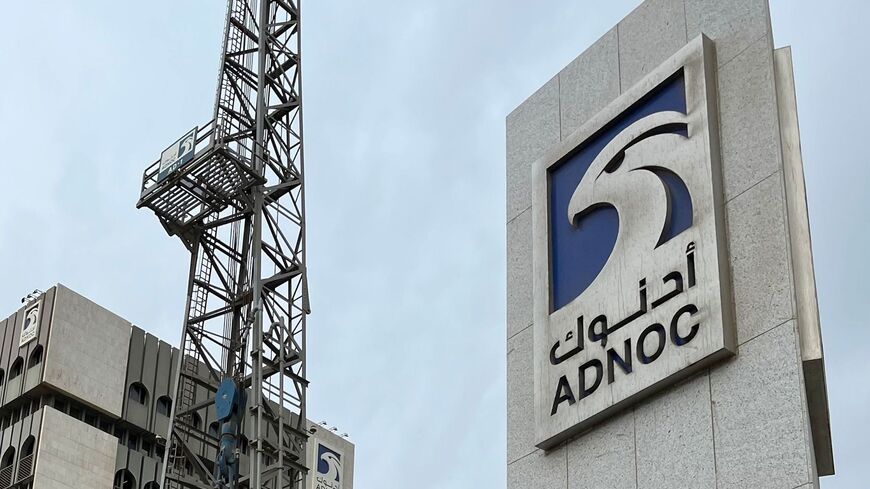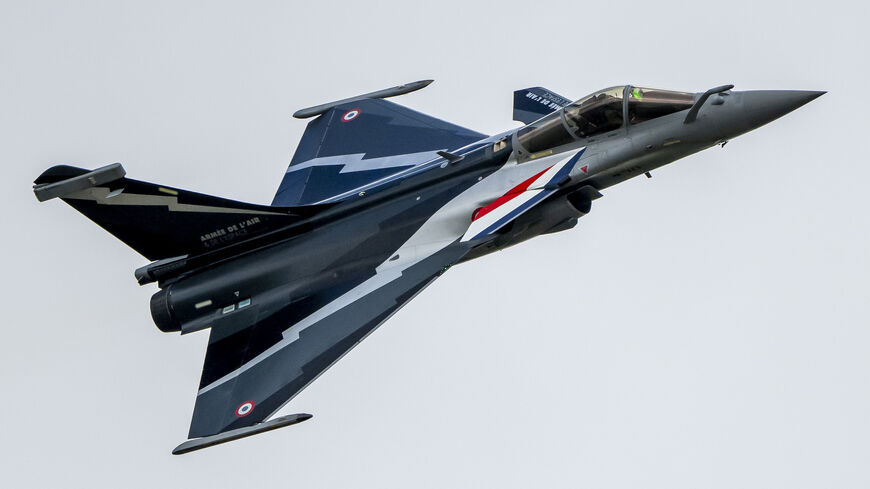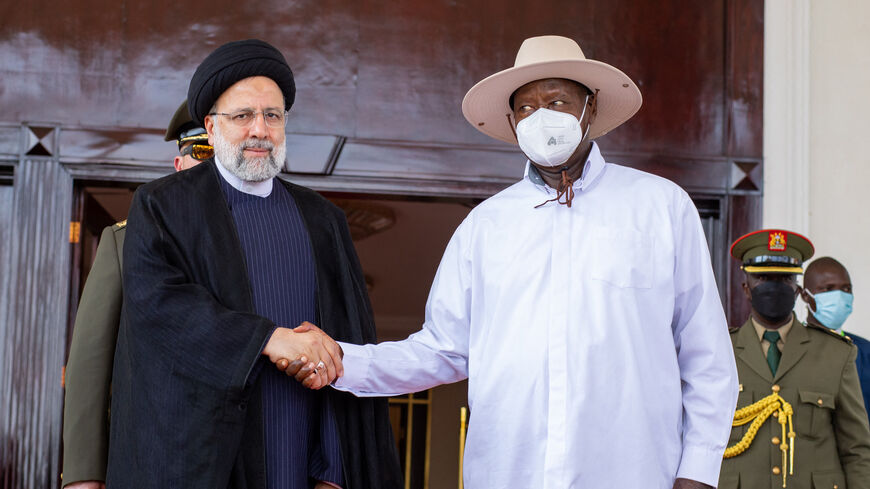Egypt’s bid to develop rail sector put to test by dire economic headwinds
Al-Monitor Pro Members
Marc Español
Journalist covering Egypt and Sudan
July 24, 2023
For decades, Egypt has been associated with an old and neglected rail network infamously known for its hundreds of accidents every year. However, local authorities have been trying to overhaul this key infrastructure hand in hand with the private sector, as a recent flow of deals shows. On June 20, Egypt’s parliament gave its final nod to a $400 million loan from the World Bank to help finance a rail line between the port of Alexandria and a dry port near Cairo. In March, the Transport Ministry signed a protocol with Spain’s train manufacturer Talgo to localize the production of rail cars. And just the previous month, French firm NGE was awarded a contract to build the country’s first section of a high-speed rail line. Yet, despite this constant flurry of news, the mission ahead is daunting, especially at a time when Egypt faces serious economic woes and the authorities’ bid to prioritize macro infrastructure projects increasingly comes under political scrutiny.
- Egypt's rail network has a long history. Its national rail network is the world’s second oldest after the UK, spans some 9,500 kilometers (5,900 miles), and reaches over 700 stations. The Cairo Metro is in turn the largest in Africa and the oldest in the Middle East.
- For decades, the rail network suffered from a severe lack of investment that left it antiquated, with an old locomotive fleet and a shortage of operators. This neglect led to hundreds of accidents a year that caused heavy human and material losses.
- Low investment also resulted in only about 1% of Egypt’s cargo being transported by rail, compared to about 18% in the EU, according to AmCham Egypt.
- The situation began to change in 2014 as the state started to increase spending. That year, the Egyptian National Railways (ENR), the national rail operator, announced that it needed a 10-year, $10 billion investment plan to upgrade the network.
- In 2021, after Egypt witnessed five major train accidents that resulted in over 40 fatalities in three weeks, the urgency increased and the Minister of Transport Kamel Al-Wazir raised that amount to $14.3 billion.
- In 2018, Egypt amended the ENR’s founding law to end its monopoly over national rail system projects, opening the way for private sector participation through a concession-based mechanism to build, manage, operate and maintain services.
- One of the aims of these renewed plans is to restructure the ENR and modernize the state’s rail network to improve its safety and punctuality. These upgrades have concentrated on lines in the densely populated Nile Delta, and have been largely supported by loans from international financial institutions and investment banks.
- However, most of the attention has been directed toward macroprojects in the sector, chief among them the construction of a high-speed rail network consisting of three lines and initially budgeted at $23 billion. The network is set to span 2,000 kilometers (1,240 miles), which would make it the world’s sixth-largest high-speed rail system.
- In May 2022, the National Authority for Tunnels (NAT), which falls under the Transport Ministry, signed a contract worth over $10.5 billion with a consortium formed by Germany’s Siemens and Egypt’s Orascom and Arab Contractors for the design, construction, commissioning and maintenance of the three lines for 15 years.
- Germany’s railway firm Deutsche Bahn and Egypt’s El Sewedy Electric in 2022 signed another contract worth around $1 billion to manage and operate the first line.
- In February 2023, Orascom and Arab Contractors chose French construction firm NGE and its subsidiary TSO to build the first phase of the first line, which will run 330 kilometers (205 miles) from Ain Sokhna on the Red Sea to Alexandria on the Mediterranean.
- Three types of trains are expected to operate on each of the three lines: express trains, regional passenger trains and freight trains.
- A second macroproject that has also attracted a lot of interest, and is already being built, is the construction of two monorail lines running from east Cairo to the New Administrative Capital, and from Giza to Cairo’s satellite city, 6th of October.
- In August 2019, the NAT awarded a $4.5 billion contract to a consortium consisting of Canada’s Bombardier, Orascom and Arab Contractors to design, build and operate the two lines of the monorail for a period of 30 years.
- The list of macroprojects does not stop here, as Egypt is also building an intercity light rail, known as Cairo Light Rail or Cairo LRT. Its $1.24 billion contract was awarded in 2017 to a consortium consisting of China’s AVIC International and the Railway Eryuan Engineering Group, a subsidiary of China Railway Group.
- The first leg of the project, a 70-kilometer (43-mile) line connecting Cairo with the New Administrative Capital and 10th of Ramadan city, was inaugurated in July 2022.
- These three macroprojects have met with public criticism as many see them as a huge expense, financed mainly on credit, and aimed primarily at the wealthy who will be able to afford the tickets.
- The flurry of projects has also reached the Cairo Metro, which is upgrading and increasing the capacity of its three existing lines and expanding the third one. Three additional lines that will span over 90 kilometers (55 miles) and reach locations such as Cairo’s airport and the Giza Pyramids are also planned for construction.
- For these projects, Egypt has also brought in private-sector players such as South Korea’s Hyundai Rotem and Japan’s Mitsubishi and Kinki Sharyo. It has relied as well on foreign funding from institutions such as the EIB, the European Bank for Reconstruction and Development, and Japan’s International Corporation Agency.
- In 2020 the government also announced plans to build a 45-kilometer (27-mile) metro in Alexandria at an initial expected cost of $2.5 billion. The project is divided into three phases, and has received funding from the Asian Infrastructure Investment Bank (AIIB), the EIB, the EBRD and the French Development Agency (AFD).
- Other big names from the private sector that have also entered Egypt with force in recent years, mostly for the manufacture of rolling stock and signaling and control systems, include giants such as Spain’s Talgo, France’s Alstom, Russia’s Transmashholding, and China’s state-owned CRRC.
- In parallel, Egypt is also trying to localize part of this industry and in late 2020 established the National Egyptian Railway Industries Company (NERIC), a joint venture comprising several Egyptian private firms and state entities such as the Suez Canal Economic Zone (SCZONE) and the Sovereign Fund of Egypt (SFE).
- NERIC’s facility is currently under construction in the East Port Said Industrial Zone and is expected to have three production lines for the manufacture of metro cars, electric train repair, and the production of long-distance and high-speed trains.
- In May 2021, Hyundai announced plans to localize part of its metro car production at NERIC’s site. And in March 2023, Egypt signed a cooperation protocol with Talgo to localize part of the production of railway passenger cars in the country.
Scenario 1: Economic woes force the brakes on massive investment in Egypt’s rail sector
A volatile exchange rate, problems in accessing capital, an increasingly heavy debt burden and dollar shortages undermine the business climate for Egypt’s infrastructure projects, including the rail sector, forcing authorities to halt their plans. This is compounded by difficulties in repatriating revenues earned in the country by foreign firms and challenges in making profitable macroprojects like the monorail and light rail as they get on track.
Scenario 2: Egypt presses ahead despite the fragility of its finances
Driven by the conviction that investment in infrastructure, and in particular megaprojects, helps boost the economy, sustain GDP growth, create jobs and inject liquidity into the market, the government chooses to push ahead with its ambitious plans in the rail sector in spite of its fragile finances and the growing debt burden placed on state coffers.
Key to doing so is that the authorities maintain their ability to secure loans and funds from investment banks, financial institutions and development cooperation agencies that allow them to keep bringing in major foreign private firms.
In recent months, Egyptian President Abdel Fattah al-Sisi and Transport Minister Kamel El Wazir have repeatedly defended the mega infrastructure projects undertaken over the past decade. In parallel, Cairo has pledged to slow down spending on public projects in the wake of its severe economic problems. In this context, the country’s authorities will most likely continue to try to strike a difficult balance between their firm political bid and financial constraints. The government will remain heavily dependent on external funding, mostly loans, to keep up the pace of investment in the sector. Yet as the state’s finances come under increasing pressure, the full realization of all the macro-projects underway, as well as other projects that have received less public attention such as the modernization of the country’s existing rail lines, is highly uncertain. One feasible possibility is that the first phases of these projects will be executed, but that the whole initial plans will not be completed. It also remains to be seen the political cost of macro-projects such as the high-speed rail and the monorail, as they entail huge public expenditure and will be accessible to a minority while the infrastructure used by most Egyptians remains riddled with issues.
Marc Español has been reporting on Egypt since 2017, with a focus on the economy and the human rights situation in the country. He has been a contributor to Al-Monitor since 2018 and his work has appeared in other publications such as El País and the think tanks Fundación Alternativas and the European Institute of the Mediterranean (IEMed).
We're glad you're interested in this memo.
Memos are one of several features available only to PRO Expert members. Become a member to read the full memos and get access to all exclusive PRO content.

Already a Member? Sign in
The Middle East's Best Newsletters
Join over 50,000 readers who access our journalists dedicated newsletters, covering the top political, security, business and tech issues across the region each week.
Delivered straight to your inbox.
Free
What's included:
Free newsletters available:
- The Takeaway & Week in Review
- Middle East Minute (AM)
- Daily Briefing (PM)
- Business & Tech Briefing
- Security Briefing
- Gulf Briefing
- Israel Briefing
- Palestine Briefing
- Turkey Briefing
- Iraq Briefing
Premium Membership
Join the Middle East's most notable experts for premium memos, trend reports, live video Q&A, and intimate in-person events, each detailing exclusive insights on business and geopolitical trends shaping the region.
$25.00 / month
billed annually
$31.00 / month
billed monthly
What's included:
Memos - premium analytical writing: actionable insights on markets and geopolitics.
Live Video Q&A - Hear from our top journalists and regional experts.
Special Events - Intimate in-person events with business & political VIPs.
Trend Reports - Deep dive analysis on market updates.
We also offer team plans. Please send an email to pro.support@al-monitor.com and we'll onboard your team.
Already a Member? Sign in
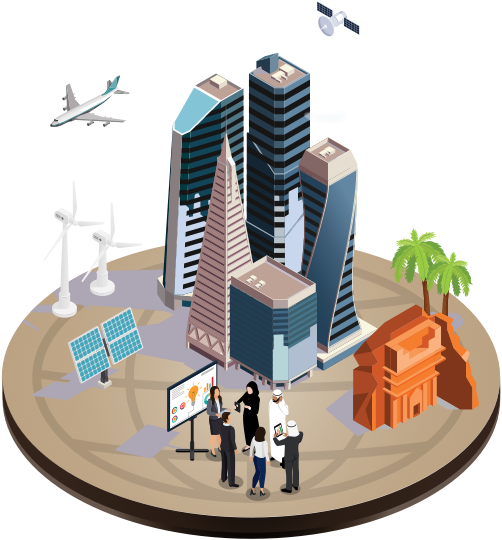

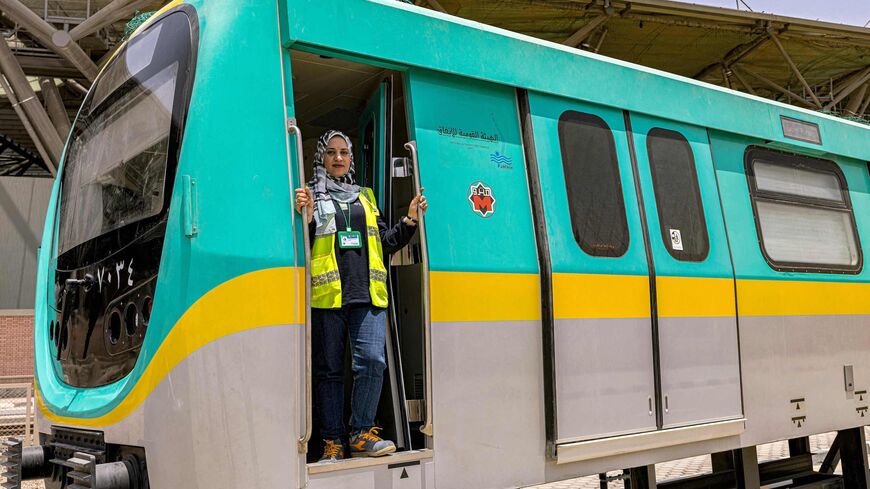
b5b6.jpg)
